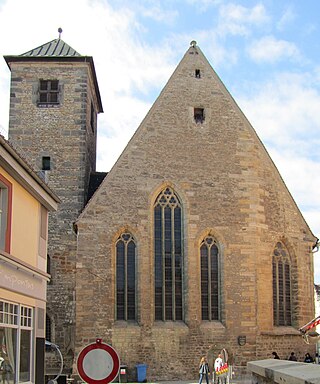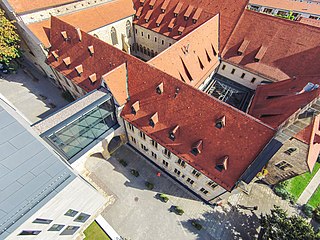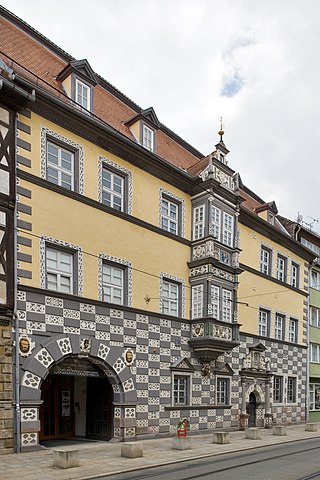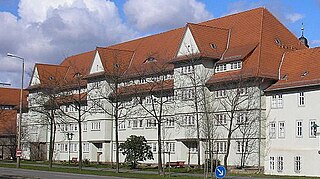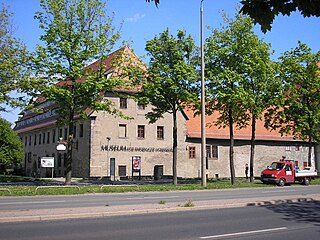Self-guided Sightseeing Tour #3 in Erfurt, Germany
Legend
Tour Facts
3.4 km
68 m
Experience Erfurt in Germany in a whole new way with our free self-guided sightseeing tour. This site not only offers you practical information and insider tips, but also a rich variety of activities and sights you shouldn't miss. Whether you love art and culture, want to explore historical sites or simply want to experience the vibrant atmosphere of a lively city - you'll find everything you need for your personal adventure here.
Individual Sights in ErfurtSight 1: Zitadelle Petersberg
Petersberg Citadel in Erfurt, central Germany, is one of the largest and best-preserved town fortresses in Europe. The citadel was built on Petersberg hill, in the north-western part of the old town centre from 1665, when Erfurt was governed by the Electorate of Mainz. It is surrounded by over two kilometres of stone walls and is 36 hectares in size.
Sight 2: Denkmal für den unbekannten Wehrmachtsdeserteur
The monument to the unknown Wehrmacht deserter and to the victims of Nazi military justice in front of the Philipp Bastion of the Petersberg Citadel was inaugurated on 1 September 1995.
Sight 3: Sankt Andreas
St Andrew's Church is a Gothic church building at Andreasstraße in the historical centre of the city of Erfurt in Thuringia, Germany. The surrounding quarter Andreasviertel and the northern district Andreasvorstadt are named after it. St Andrew's Church is now a Lutheran parish church.
Sight 4: Kirchenamt der Ev. Kirche Mitteldeutschland (EKM)
The Collegium Maius was the main building of the Old University in Erfurt, which existed from 1392 to 1816. A new building built in the old style from 1998 onwards is located in Michaelisstraße in the centre of Erfurt's old town, in the so-called "Latin Quarter", after the destruction of the old building in 1945. The old building housed the rectorate, lecture halls and the large ballroom of the university. In 2011, the regional church office of the Evangelical Church in Central Germany, which was created by merger in 2009, moved into the new Collegium Maius.
Sight 5: Michaeliskirche
St Michael's Church in the historical centre of the city of Erfurt in Thuringia, Germany, is a Gothic church building. It belongs to the Evangelische Stadtmission Erfurt and is the university church of the University of Erfurt.
Sight 6: Evangelisches Augustinerkloster zu Erfurt
St. Augustine's Monastery in Erfurt, central Germany, is a former church and friary complex dating from the 13th century. The site is almost one hectare in size. It was built by Augustinian friars, an order of the Catholic Church. It is most well known as the former home of Martin Luther (1483–1546), the father of the Reformation, who lived there as a friar from 1505 until 1511.
Sight 7: Augustinerkirche
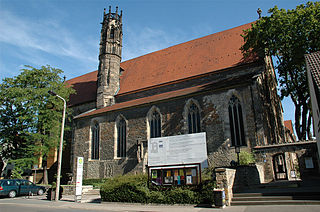
The Augustinian monastery in Erfurt is a former monastery of the Augustinian hermits, built from 1277 onwards, where Martin Luther lived as a monk between 1505 and 1511. After the Reformation, the monastery became the property of the Protestant Church in 1525; In 1559 it was secularized by the city of Erfurt. In 1945, parts of the monastery were destroyed in an air raid, but soon rebuilt to such an extent that the complex could be put to a new use, it became an official Luther memorial and parts served as a preacher's school. After the fall of the Berlin Wall, around 1994, the Augustinian monastery became the official seat of the Erfurt-Nordhausen Provost's Office. The building is mainly used as a conference and meeting centre. The monastery was extensively restored and modernized from 2000 onwards. It is a recognized cultural monument according to the Thuringian Monument Protection Act.
Sight 8: Schottenkirche
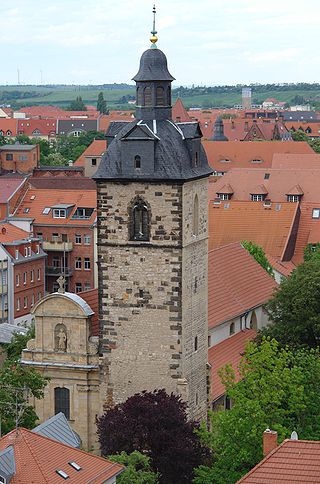
The Schottenkirche in the historical part of the city of Erfurt in Thuringia, Germany, is a Roman Catholic church building dating back to the 12th century. The Romanesque basilica belonged to a former Celtic monastery of St James. Today, it is a subsidiary church of the Catholic parish of St Lawrence's Church.
Sight 9: Schotte
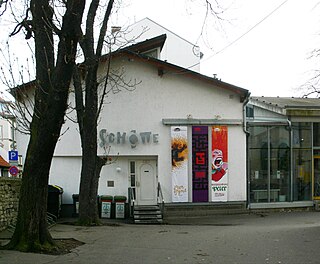
The Theater Die Schotte is a cultural institution in Erfurt.
Sight 10: Kaisersaal
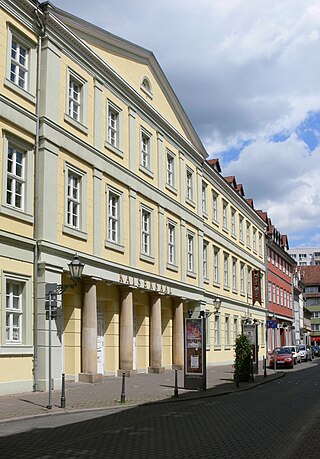
The Kaisersaal is a traditional cultural and congress centre in the old town of Erfurt. The Erfurt Princes' Congress of Emperors Napoleon I and Tsar Alexander I took place here in 1808 and the Erfurt party congress of the SPD in 1891. On April 12, 1946, Communists and Social Democrats passed the "Resolution on the Unification of the KPD and SPD to form the Socialist Unity Party of Germany SED" at a joint meeting at the local level in the Kaisersaal. The Kaisersaal is located in a listed ensemble at Futterstraße 15/16.
Sight 11: Stadtmuseum
The Haus zum Stockfisch is an important Renaissance town house at Johannesstraße 169 in the old town of Erfurt. It was acquired by the city at the beginning of the 20th century and has been used as a museum ever since, and since 1974 it has been the seat of the city museum.
Sight 12: Großes Hospital
The Great Hospital was the hospital of the medieval city of Erfurt. It is located in the eastern extension of the old town between the inner and outer Krämpfertor on today's Juri-Gagarin-Ring.
Sight 13: Museum für Thüringer Volkskunde
The Museum of Thuringian Folklore Erfurt is one of the largest folklore museums in Germany. It is housed in buildings of the former Great Hospital on Juri-Gagarin-Ring in Erfurt.
Wikipedia: Museum für Thüringer Volkskunde Erfurt (DE), Website
Share
How likely are you to recommend us?
Disclaimer Please be aware of your surroundings and do not enter private property. We are not liable for any damages that occur during the tours.
GPX-Download For navigation apps and GPS devices you can download the tour as a GPX file.
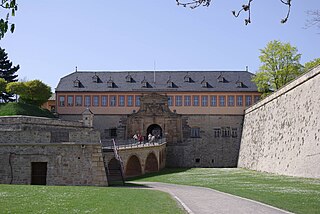
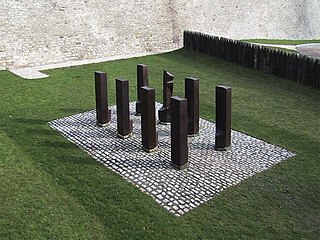
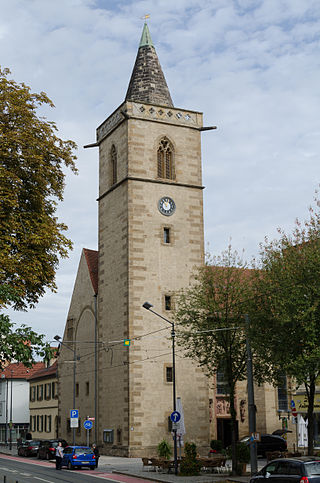
.jpg)
